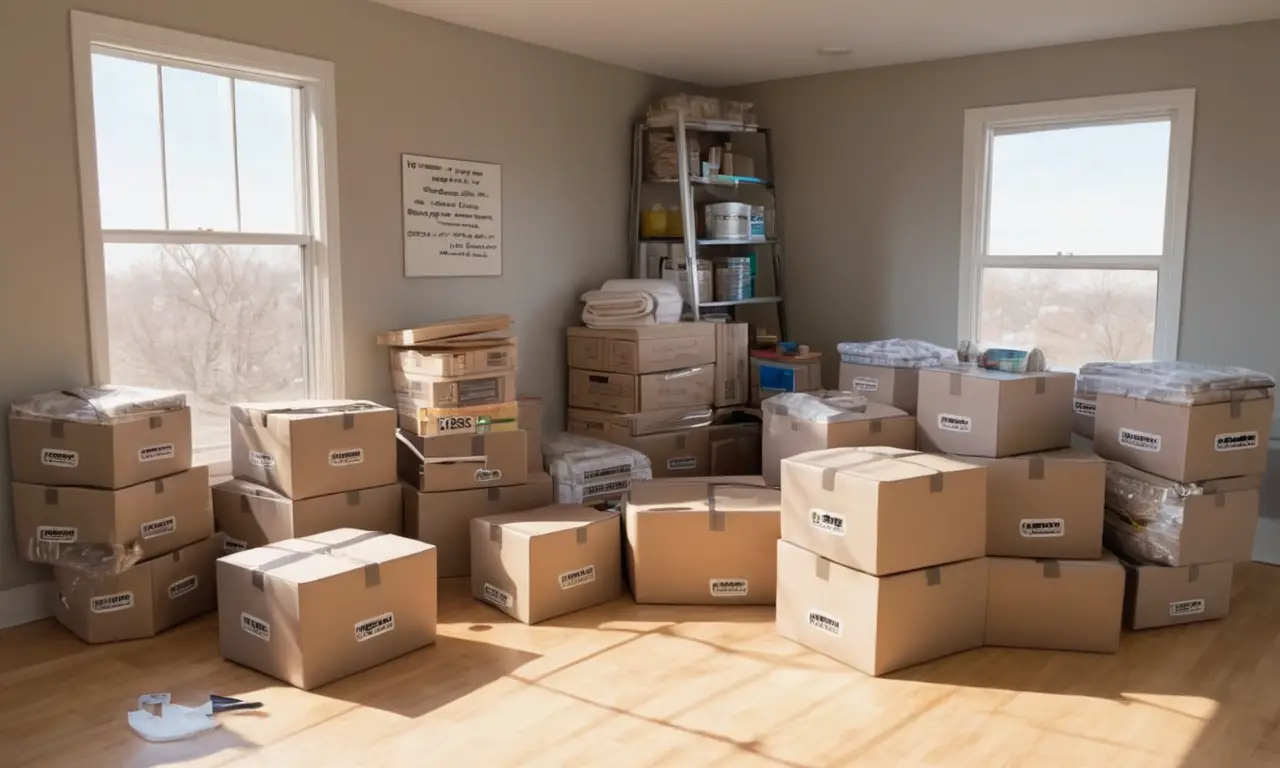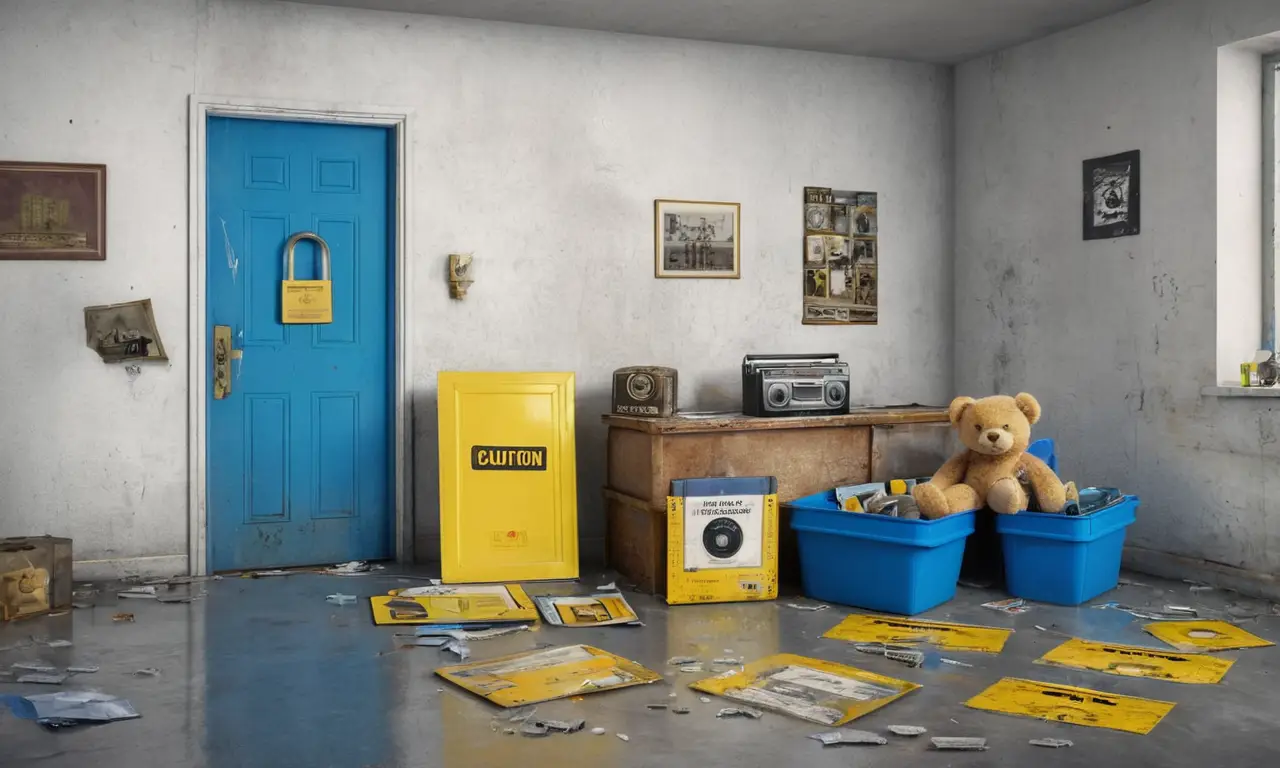
Moving can be a stressful experience, often leaving you with more belongings than space. A storage unit offers a practical solution for temporarily or permanently storing items you don’t need immediate access to. However, simply tossing everything into a storage unit isn’t the best approach. This article will guide you through the essential steps of deciding what to put in a storage unit, packing effectively, and protecting your belongings while they are in storage.
This comprehensive guide will cover everything from creating a storage unit essentials checklist to choosing the right type of storage unit for your needs. We’ll delve into packing techniques, valuable protection strategies, and space-saving organization tips to ensure your stored items remain safe and accessible.
Storage Unit Essentials Checklist
Before you start packing, it’s crucial to create a comprehensive list of what you plan to store. This will help you determine the size of storage unit you need and ensure you don’t overpack. Consider these categories:
- Seasonal Items: Store winter clothing in summer and vice versa. Pack away holiday decorations after their respective seasons.
- Furniture: If you have extra furniture that isn’t currently in use, a storage unit can provide a safe haven. Disassemble larger pieces for easier transport and storage.
- Excess Belongings: This category encompasses items you rarely use but don’t want to discard. Think about books, tools, sporting equipment, or old electronics.
Packing for Storage Units

Proper packing is essential for protecting your belongings during storage. Here are some key tips:
- Choose the Right Boxes: Invest in sturdy cardboard boxes specifically designed for moving and storage. Avoid using flimsy boxes that could easily collapse under weight.
- Use Ample Padding: Protect fragile items with ample cushioning. Bubble wrap, packing peanuts, and crumpled paper are excellent options. Wrap each item individually before placing it in a box.
- Label Clearly: Label every box with its contents and the room it belongs to. This will make unpacking much easier when you need to retrieve specific items.
Packing Techniques for Different Items
- Clothing: Fold clothes neatly and place them in labeled boxes. Consider using vacuum-sealed bags to compress bulky items like winter coats.
- Books: Pack books upright in sturdy boxes, avoiding overpacking to prevent warping.
- Electronics: Wrap electronics carefully in bubble wrap or packing peanuts. Include all cords and accessories in a separate, clearly labeled bag.
Protecting Valuables in Storage
Valuable items require extra protection during storage. Consider these measures:
- Insurance: Check with your storage facility about insurance options to cover potential damage or theft.
- Secure Containers: Use sturdy metal containers or lockable plastic bins for storing valuable jewelry, documents, or electronics.
- Inventory List: Create a detailed inventory list of all valuables stored in the unit, including descriptions and estimated values.
Climate-Controlled Storage Units

Climate-controlled storage units maintain a consistent temperature and humidity level, protecting sensitive items from extreme fluctuations. Consider these factors:
- Temperature Sensitivity: If you’re storing electronics, artwork, musical instruments, or other temperature-sensitive items, a climate-controlled unit is essential.
- Humidity Control: High humidity can lead to mold growth and damage to belongings. Climate-controlled units help regulate humidity levels, preventing such issues.
- Cost Factor: Climate-controlled units typically cost more than standard storage units. Weigh the benefits against your budget when making a decision.
Organizing Your Storage Space
Efficient organization maximizes space and simplifies retrieval:
- Vertical Stacking: Utilize vertical space by stacking boxes neatly on shelves or pallets. Use sturdy containers to prevent items from shifting during transport.
- Shelving Units: Invest in shelving units to create designated areas for different categories of belongings. This helps maintain order and makes it easier to find specific items.
- Clear Storage Bins: Opt for clear storage bins for visibility. Label each bin with its contents for quick identification.
Conclusion
Storing your belongings effectively requires careful planning, proper packing techniques, and attention to detail. By following the guidelines outlined in this article, you can ensure your stored items remain safe, organized, and easily accessible when needed. Remember to choose the right storage unit size, protect valuable items with appropriate measures, and utilize space-saving organization strategies for a smooth and efficient storage experience.
